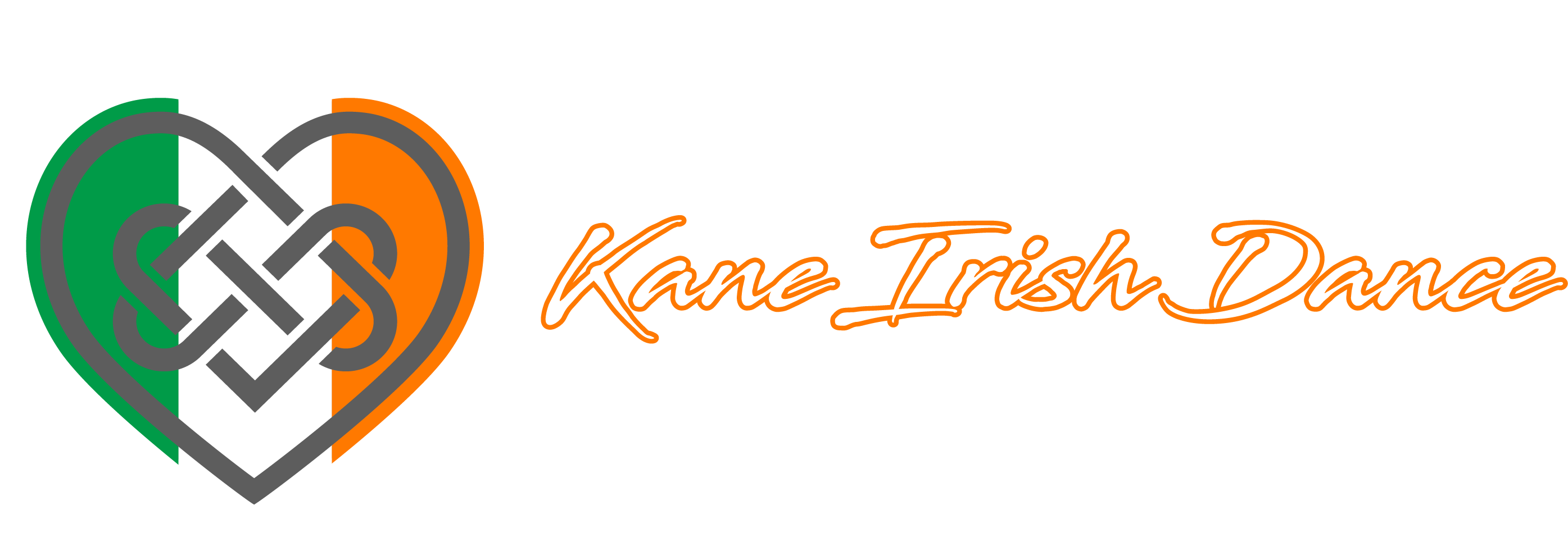[ad_1]
Step into St. Patrick’s Day with the Traditional Irish Set Dance
St. Patrick’s Day is a cultural and religious celebration that is observed every year on March 17th. It commemorates St. Patrick, the patron saint of Ireland, and the arrival of Christianity in the country. It is celebrated with parades, wearing of green attire, and the lifting of Lenten dietary restrictions on alcohol. One of the traditional activities that have come to be associated with St. Patrick’s Day is the Irish set dance. This article will explore the history and significance of the Irish set dance, as well as its revival and continued popularity today.
The History and Significance of Irish Set Dance
The Irish set dance has its roots in the 18th century, but it gained popularity during the 19th century. Set dances are quadrille dances, which means they are performed by four couples in a square formation. The dance is characterized by its intricate footwork, with the dancers executing precise steps and movements in time with the music. Each set dance has its own specific steps and patterns, and they are often passed down through generations by word of mouth and demonstration.
Set dances are an integral part of Irish culture and have played a significant role in social gatherings and celebrations for centuries. They were performed at local gatherings, weddings, and festivals as a form of entertainment and community bonding. The dance provided an opportunity for people to come together, celebrate their heritage, and showcase their skills.
The Revival and Continued Popularity of Irish Set Dance
During the 20th century, traditional Irish music and dance experienced a decline in popularity due to urbanization and modernization. However, there was a revival of interest in traditional Irish set dance in the 1980s, fueled by a renewed appreciation for Irish culture and heritage. Organizations and clubs were formed to promote and preserve the traditional dances, leading to a resurgence in popularity.
Today, Irish set dance continues to thrive, both in Ireland and in Irish communities around the world. There are set dancing festivals, workshops, and classes held throughout the year, attracting participants of all ages and backgrounds. The dance has also gained recognition on the international stage, with set dancing groups performing at cultural events and festivals worldwide.
The Cultural and Social Significance of Irish Set Dance
Irish set dance is not only a form of artistic expression, but it also holds cultural and social significance. The dance brings people together, fostering a sense of community and camaraderie. It provides a platform for individuals to connect with their heritage, learn about their traditions, and pass on their cultural legacy to future generations.
Furthermore, Irish set dance is an important part of Irish identity and pride. It symbolizes the resilience and preservation of Irish culture in the face of historical challenges and modernization. By participating in set dance, individuals can celebrate their roots and honor the traditions of their ancestors.
The Health Benefits of Irish Set Dance
In addition to its cultural and social significance, Irish set dance also offers numerous health benefits. The dance requires physical exertion and coordination, making it a great form of exercise. It promotes cardiovascular health, improves flexibility and balance, and enhances overall fitness. Moreover, the social aspect of set dancing provides mental and emotional well-being by reducing stress, fostering social connections, and boosting self-esteem.
- Improves cardiovascular health
- Enhances flexibility and balance
- Promotes overall fitness
- Reduces stress and anxiety
- Fosters social connections
Conclusion
Irish set dance is a cherished cultural tradition that holds great significance for the Irish community. Its revival and continued popularity demonstrate the enduring appeal and importance of preserving traditional dances. The dance not only serves as a form of artistic expression but also as a means of celebrating heritage and promoting social well-being. As we celebrate St. Patrick’s Day, let us remember the rich history and cultural significance of Irish set dance, and continue to preserve and promote this cherished tradition.
[ad_2]
